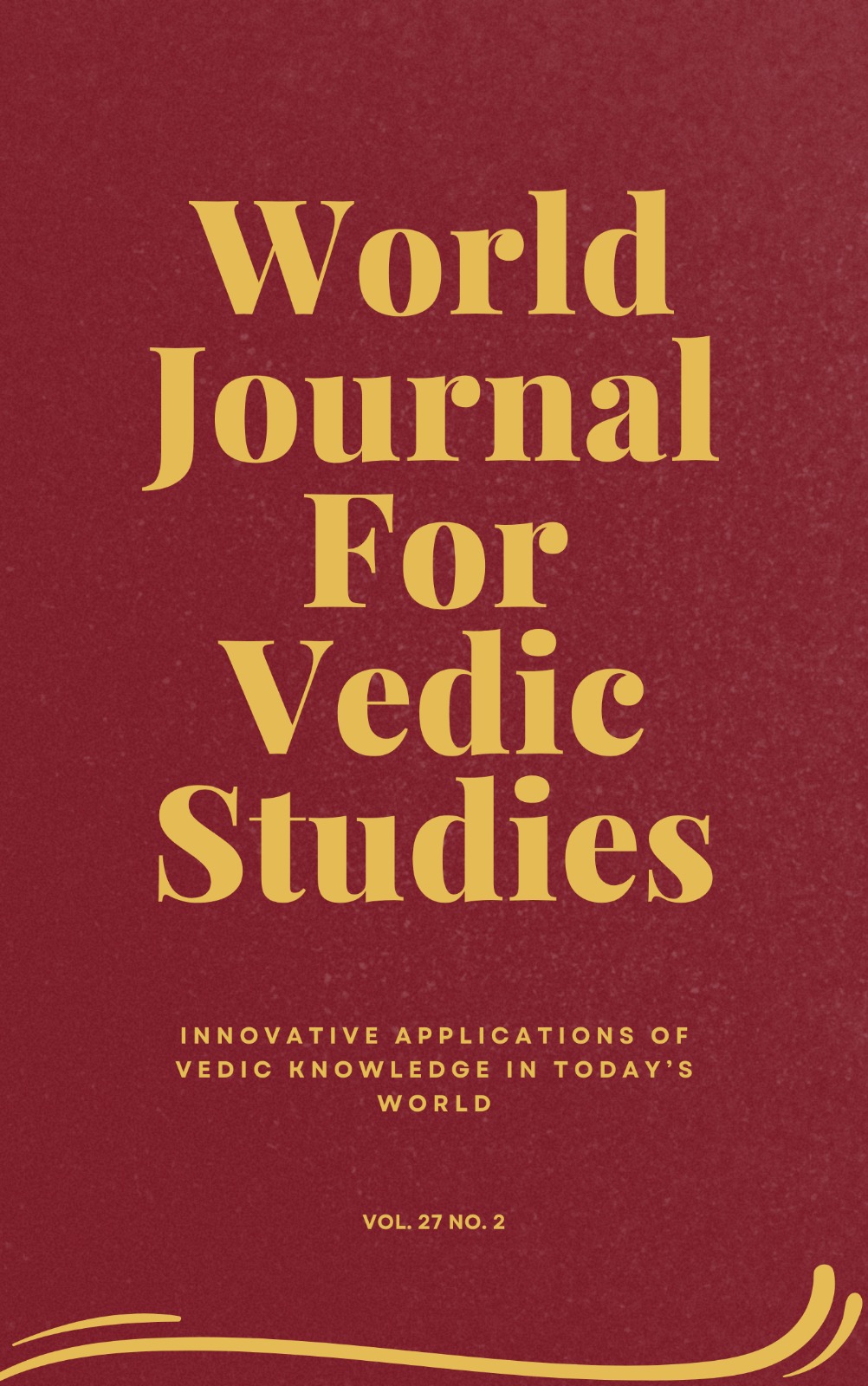Milankovitch Cycles –Ancient Supporting Facts from Rāmāyaṇa and Sūryasiddhānta for Recent Discoveries
Main Article Content
Abstract
Jyotiṣa is an ancient Indian astronomy system and is one of the six Vedic limbs. In the Vedic context, it was associated with the study of celestial bodies – Khagol śāstra. The Brāhmaṇas contains a wealth of astronomical facts that culminated in epic and pauranic legends. Siddhānta, on the other hand, are extensions of the Vedas and Brāhmaṇas. Sūryasiddhānta's antiquity is traced back to ~12000 BCE using the Milankovitch cycle. As per the research of Bhaty and Oak [1] and Barve Sameer [2], this epoch falls at the terminus ante quem of Late Pleistocene times. The Rāmāyaṇa has descriptions of extreme and prolonged winters with snowy/frosty conditions in central and southwestern areas. In this paper, we examine the Sūryasiddhānta evidence based on the Earth's aphelion and perihelion positions giving longer winters and shorter summers from this paper [1]. In this work, we have shown how observations that are consistent with current discoveries were documented in ancient Indian texts including the Rāmāyaṇa and Sūryasiddhānta. This historical information is still very helpful when studying climate sciences. This paper, in our opinion, will emphasize the significance of ancient Vedic and Indic knowledge and its modern applicability.

